There is a high demand for sand globally and it is widely used in many industries, especially construction. Since deserts are full of sand, it is easy to mistake sand for an almost inexhaustible resource. However, why can’t desert sand replace river sand and artificial sand as a building material despite its abundance?
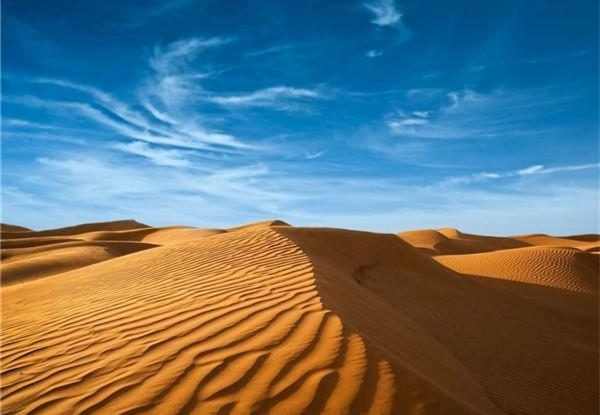
1. Severe weathering
Desert sand is mainly formed by wind. In arid areas, stones slowly crumble under the effect of weathering, with larger stones remaining in place to form landforms such as the Gobi and smaller stone particles piling up under the effect of wind to form deserts.
Desert sand is mostly stone weathering, after years of wind and rain erosion, become sparse and scattered, no sticky.
2. The fineness is too small
Construction sand particle size is basically more than 1mm, the need for different particle size sand in order to achieve the grading requirements, the desert sand is wind transport, deposition and become, the particle size is much smaller (generally below 0.25mm), the particle size is too fine.
3. Poor plasticity
The cross-section of construction sand particles are generally round, so that the force is more uniform, and the sand at the bottom of the river is carried by the river, the particles roll along the river, the sand selected is more rounded, while the desert sand is smooth and has a certain degree of oily, does not have the plasticity of ordinary construction sand.
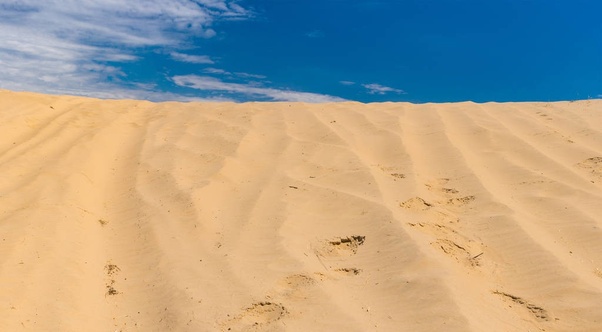
4. High alkali content
Desert sand is formed by long-term weathering under the dry environment of wind and sunshine, with high alkali content, which will react with some substances in the building materials, affecting the quality of the sand and gravel mixture, thus affecting the strength and safety of the building.
5. Low rating
Desert sand is mostly weathered in situ, not transported over long distances and sorted, various grain sizes are mixed with each other, and the grading is not suitable for use as building sand.
6. Impurity
Construction sand requires high mud content, desert sand impurities in the unfiltered, high clay content, if used for concrete, concrete strength will be greatly reduced. River sand, on the other hand, is washed and deposited by water currents from a long distance, and after a long time of washing and flushing, it becomes very clean.
7. High transport and mining costs
Deserts are usually far away from cities, and considering transport costs and labour prices, desert sand is not cheap.
I wasn’t aware that desert sand isn’t used for construction. Below is an image from West Australia where sand mining in the desert is big business. The sand below is exported world wide and makes an exceptionally fine, creamy concrete.
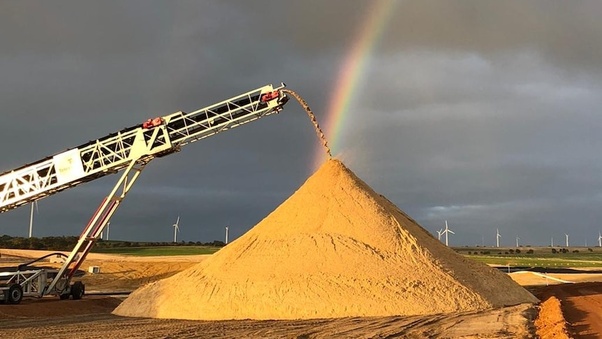
We also mine high-grade silica sand for use in making glass and solar panels.
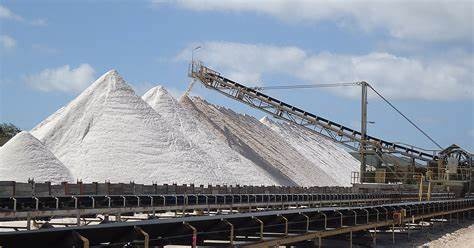
And last but certainly not least, we mine the desert sands for recoverable rare earth minerals for use in computers, mobile phones, electric cars, etc.
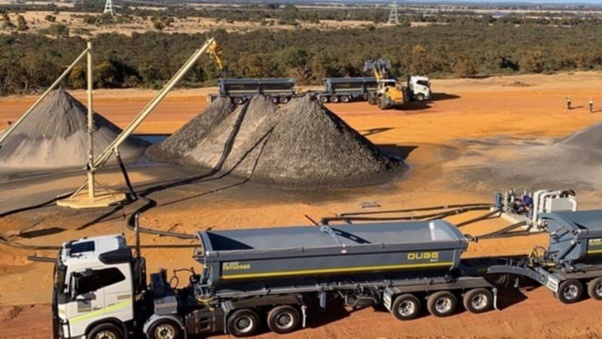
Australia is lucky – one thing we have lots of is desert!

Why Desert Sand Isn’t Used for Construction
When we think of sand, especially in desert regions, we often wonder why this seemingly endless resource isn’t commonly used in construction projects. In a world facing resource shortages, this question becomes even more relevant. However, the answer lies in the characteristics of desert sand itself, which make it unsuitable for building purposes.
1. The Shape of Desert Sand
One of the primary reasons desert sand is not used for construction is its shape. The grains of desert sand are typically round and smooth due to prolonged exposure to wind erosion. Over time, the wind polishes the grains, making them almost spherical in shape. This roundness means that desert sand lacks the rough texture needed for strong bonds in construction materials like concrete.
In contrast, the sand used in construction, often referred to as river or pit sand, has more angular and rough grains. This angularity helps the particles lock together, forming a stable mixture when combined with cement and water. The rough edges of construction sand allow for better bonding, resulting in stronger and more durable structures.
2. Grain Size and Distribution
Construction-grade sand requires a specific range of grain sizes to ensure the proper composition of materials like concrete and mortar. Desert sand, however, tends to be too fine. The fine grains disrupt the balance in the concrete mix, leading to weaker structures that are more prone to cracking.
Construction sand typically consists of a variety of grain sizes, ensuring that the mixture has both fine particles and larger grains to create a stronger bond. The uniformity of desert sand, which tends to be consistently fine, doesn’t offer this variability.
3. Silt and Clay Content
Desert sand often contains high levels of silt and clay, which can further compromise the quality of concrete. Silt and clay particles can coat the grains of sand, reducing the bond between the cement and the aggregate. This can lead to weaker concrete with reduced strength and durability. Construction sand, on the other hand, is usually washed and filtered to remove these impurities, making it more suitable for building.
4. Logistical Challenges
Even if desert sand could be modified for construction use, there’s still the matter of logistics. Most major construction projects happen in urban areas or near water sources, which means that transporting desert sand over long distances would be expensive and impractical. Using locally available river or pit sand is far more cost-effective and environmentally friendly.
5. Environmental Impact
Some regions of the world are already facing a sand crisis. While desert sand seems abundant, extracting it on a large scale could have detrimental environmental effects. Disrupting the delicate desert ecosystem, home to unique flora and fauna, could lead to unforeseen consequences.
In contrast, efforts are being made to sustainably mine and replenish construction-grade sand from regulated sources, such as riverbeds and quarries.
Conclusion
In summary, while desert sand is abundant, its round shape, fine grain size, and high silt content make it unsuitable for construction. The type of sand required for strong, durable concrete must have angular, rough grains to bind well with cement. Additionally, logistical challenges and environmental concerns further discourage the use of desert sand in construction.
For those interested in exploring the world of building materials and resource management, Sand: The Never-Ending Story of Earth’s Most Valuable Commodity by Michael Welland offers an insightful exploration into the significance of sand in human history and modern industry.
Understanding the reasons why desert sand is not suitable for construction can help us appreciate the importance of sustainable resource management in building a future that’s both sturdy and environmentally sound.






